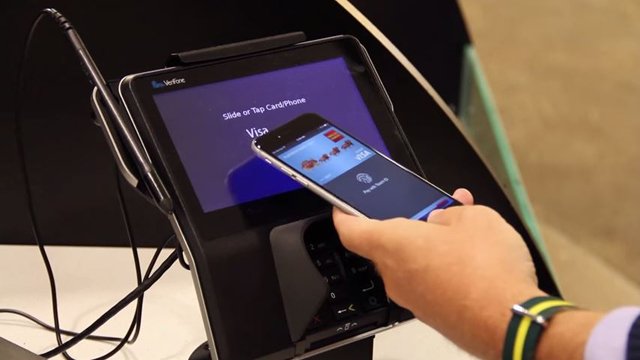hypermiling
There are many who have asked the question, whether coasting in neutral or engaging engine braking is more fuel efficient in coming to a stop. One such discussion led to the following top comments:
Engine braking. It shuts off fuel and lets the cars forwards motion turn the engine.
Coasting means you use fuel to keep the engine idling.
Next.
and
That assumes your car has deceleration fuel cut off.
But normally yeah, engine braking would technically use less fuel than idling/coasting.
Now I don’t know anything about cars but I do have a mental model of a mechanical engine. When no fuel is injected, engine braking should work by having the engine do mechanical work to compress and heat up air (then ejecting it). So RPM matters, as the higher the RPM the higher the energy absorbed per unit time.
(Read the article)
 Comments(3)
Comments(3)
